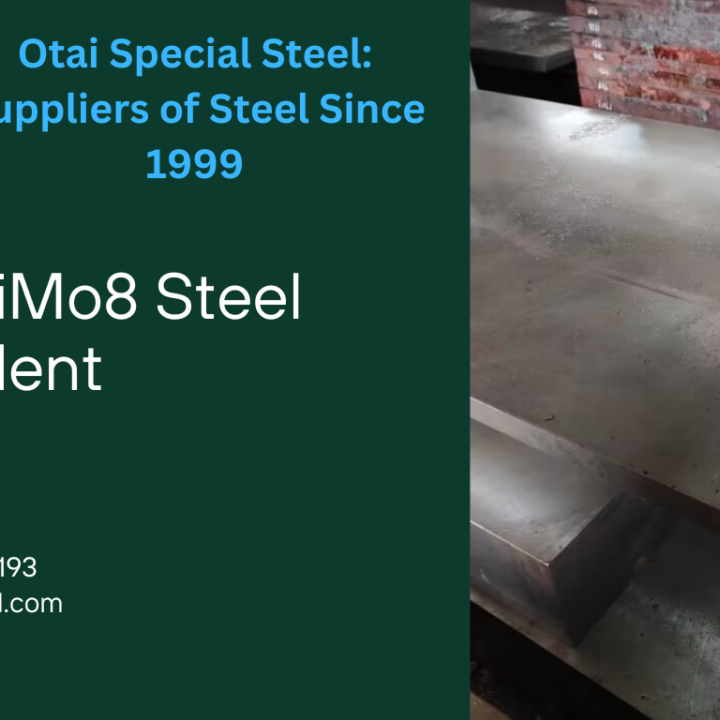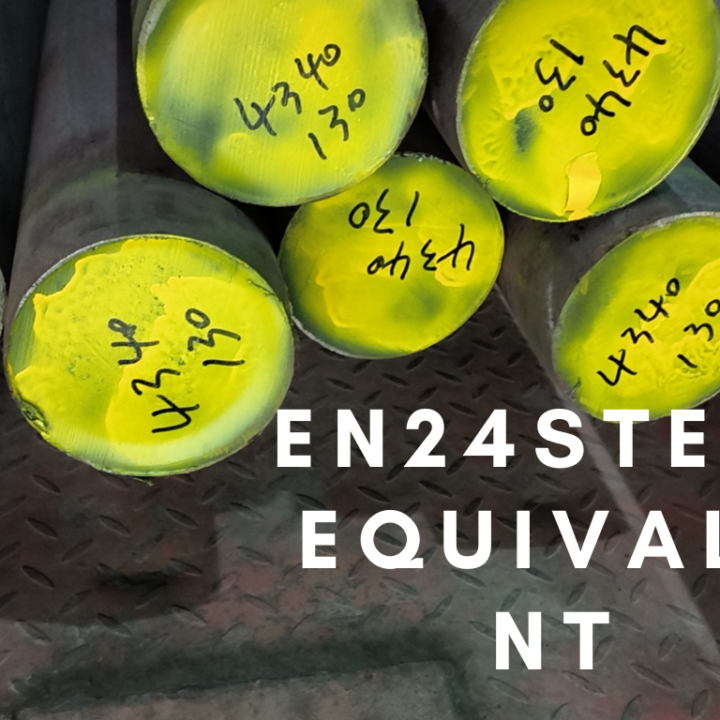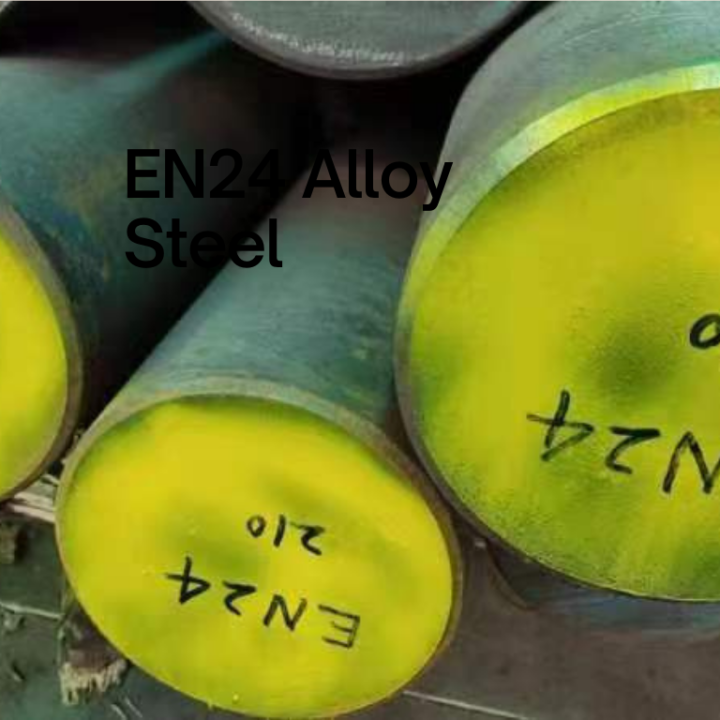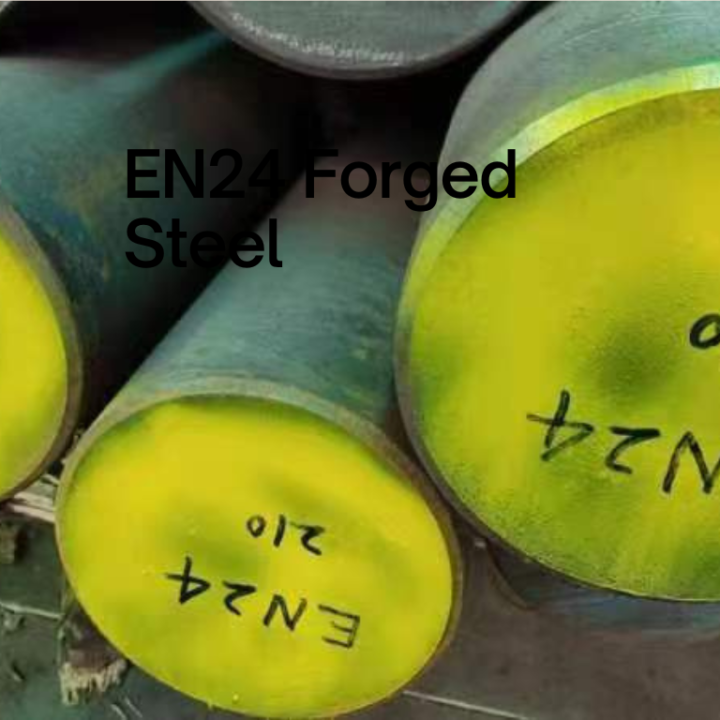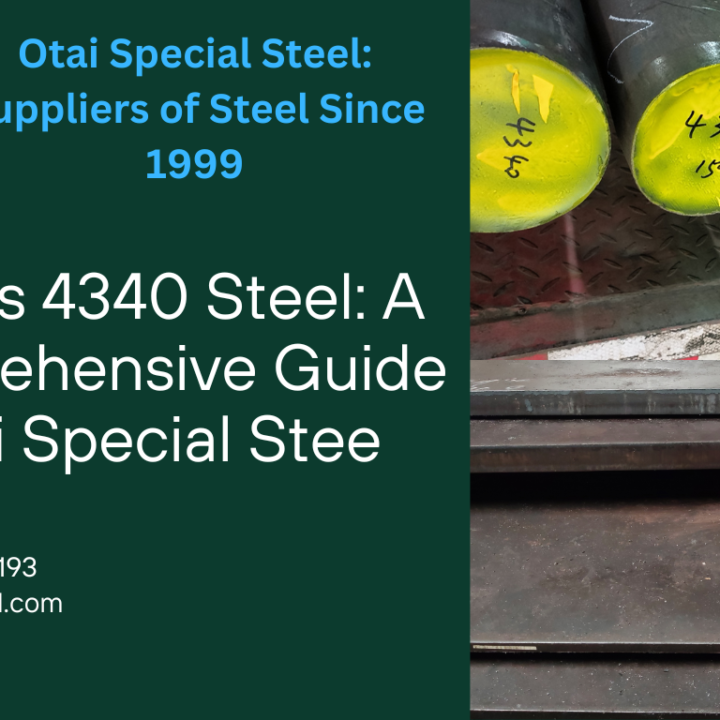By 2015, China’s steel exports to new heights, reaching 112 million tons historic highs, but at the same time, exports also suffered cases of trade friction increases significantly. 2015 encounter trade friction cases to 37 since eight consecutive years ranked first in trade friction encountered in the industry. Enter 2016 is increasing, only from January to February alone from the EU, the United States, Canada and 18 other countries and regions from the “double reverse” investigation case. Faced with heavy siege of the international market, the future of our steel can go? It will make a brief analysis below.
First, the event focused on trade friction in China’s major steel input region
2015, China’s steel exports 112 million tons, a record high, which was undoubtedly the greatest contribution to the Asian region, exports to Asia when the amount of 79.64 million tons, an increase of 23.5%, accounting for 71% of total exports of steel products; followed by Latin the Americas, Europe and Africa, the three regions were exported 9.575 million tons, 9.556 million tons and 9.43 million tons, an increase of 0.2%, respectively, 26.4% and 36.2%; exports of 3.334 million tons in North America, down 27.2% Oceania export 851,000 tons, an increase of 7%.
Exhibit 1, 2015 China’s steel exports flow situation
Source: VAI data, MRI
Rapid growth in steel exports while exports suffered trade friction cases also will be a substantial increase in the number of 2015, involving up to 37 cases, and 27 cases in 2014, an increase of 37 per cent, while the figure in 2010 only 11 cases . Entered after 2016, in less than three months has reached 18 since the rapid growth of China’s exports of steel products face trade friction cases.
Chart since February 2014, China’s export trade friction cases involving steel case
Source: VAI data, MRI
Since trade friction cases in 2014 since, there are from Asia, 34 from Europe and 10 from Latin America, 17 from North America, 13 from Africa and 4 from Oceania there are four cases in these countries and regions in Asia accounted for the largest, it is also China’s largest steel exporting region, for China’s steel “double reverse” survey from the US, Canada and Mexico also contributed to the sharp decline in 2015 of steel in North America. Although the increase in the EU but most front flow Eastern European countries, and on the export of steel products a greater impact, “double reverse” survey focused on the beginning of 2016, steel exports to the EU also did not reflect the impact immediately.
Second, the Asian region as a traditional export, export volume still the mainstream.
As the exit area of the traditional steel, the importance of Asia in China’s export market, more and more prominent. 2015 China’s steel exports to Asia, 79.64 million tons, 24.7 million tons compared with 2006, an increase of 222%; the proportion of total steel exports in 2006 from 59 per cent to 71 per cent in 2015, an increase of 12 percentage points.
China’s exports to East Asia, mainly in South Korea, South Korea nearly 10 years has ranked China’s steel exports to the output of the first, but the proportion of total exports decreased year by year, our total exports in 2015 accounted for 17% compared with 37% of the peak in 2008 fell sharply. This is in contrast to the fast-growing Southeast Asian market, the total amount of China’s exports to Southeast Asia and 11 countries in 2015 amounted to 34.6 million tons, 5.2 times in 2006, accounting for 43% of the total of China’s steel exports, compared with 27% in 2006 an increase of 16 percent, which, Vietnam, Philippines, Indonesia, Thailand, Malaysia, Singapore ranks among the top 10 exporters.
China and Southeast Asia narrow strip of water, in the trade has a unique complementary strengths. With China – ASEAN Free Trade Area of the advance, it is a substantial increase in trade between the two. ASEAN is China and important regions “along the way” strategy, coupled with the economic development of the ASEAN region continues to improve, countries relatively inadequate infrastructure, a huge potential demand for steel. On the other hand, growth in steel production in the region has been relatively slow, difficult to meet the needs of Member States of the steel, and therefore, a large part of the ASEAN countries, steel consumption is met through imports, which also led to the country area exports increased significantly, while also causing the Southeast Asian countries initiated trade protection measures against China’s steel escalating situation.
Chart 3 China’s exports of steel flow accounting situation by country
Source: VAI data, MRI
On the other hand, China’s exports to South and West Asia market is growing rapidly. 2015 China South Asia export 9.665 million tons, an increase of 63%, of which exports to India, 4.76 million tons, up 25%; to Pakistan exports 2.555 million tons, an increase of 74.8%; Bangladesh export 1.784 million tons, an increase of 350%. From West Asia market, exports in 2015 to 14.037 million tons in Western Asia, up 32%, mainly in Turkey, Saudi Arabia, United Arab Emirates and other countries. Major countries in South and West Asia economic recovery rising demand for imported steel has a great role in promoting.
Chart 4 China’s steel exports flow to Asia subregion accounted circumstances
Source: VAI data, MRI
Asia is an important region of the layout “along the way” strategy, in the relevant countries along the net importer of steel accounted for more than 70% of China’s steel exports are an important target market. In addition to the direct export of steel, in our country “along the way” along the nation-building investment cooperation will also promote indirect steel exports. On “along the way” along the line, showing different areas of the heat is reflected in different ways. The hottest areas are in Southeast Asia, most of them look forward to cooperation with China in infrastructure; followed by Central and South Asia, most of them are keen to do business with China. 2015 is “along the way” building the first year, pulling effect on steel exports has not been fully released, with China to further deepen economic and trade cooperation with the countries of the Eurasian region, the opportunities in the Asian region “along the way” relevant countries will export more huge.
Third, China’s steel exports in Europe and the status of the market is declining.
Europe and North America was once an important export market, the European market in 2006 exports accounted for 18 percent of China’s total exports, exports to North America accounted for 15%, while in 2015, the European market share has fallen to 8%, North America is down to 3%, on the one hand, with Europe and North America by the economic downturn caused by sluggish demand for steel on the other hand, also steel trade friction with China and the US, between China and Europe related to escalating.
Chart 5 China’s steel exports flow changes
Source: VAI data, MRI
Since 2014, the United States, Canada, the European Union has launched the launch of a variety of steel products, “double reverse” investigation involving our products are basically in North America, Europe, the major export varieties. In the United States, because the United States has had on the vast majority of our steel products imposed high anti-dumping and countervailing duties, at present, China’s exports of steel products to the United States mainly for coated sheet and cold rolled coil, of 2014 American cold rolled steel exports 958,000 tons, accounting for 15.7% of China’s total export volume of cold rolled sheet. 2015 cold rolled coils to the US exports only 516,000 tons, down 46%. Therefore, if the United States and then impose restrictions on these two species, the way China’s steel exports to the US it will be fully blocked. Similarly, in February 2016 the EU on our plate, hot-rolled sheet, seamless initiated anti-dumping investigations, and cold-rolled sheet to make preliminary anti-dumping, the number of species involved to reach nearly 400 million tons, accounting for the country about 40% of Europe’s total exports, it is conceivable that once the product concerned have also been restrictions, we most likely will lose market opportunities in Europe.
Fourth, the African market has great potential in the short term is limited Latin American market
African markets are growing in importance in China’s steel export market. China’s steel exports to the rapid growth in recent years in Africa. 2015, Chinese exports to Africa steel 9.43 million tons, compared with 10 years ago, an increase of 6 times. African steel exports in 2015 accounted for 8% of China’s total exports, compared with 10 years ago, increased by 5 percentage points.
The last 10 years, as the political situation to become stable, rapid economic growth in Africa began, African steel demand increased year by year, in 2014 demand growth of 109% over 2004, and other major areas when comparing growth in steel demand in Africa the highest rate, showing a strong growth momentum. At the same time, nearly 10 years of steel production in Africa has barely increased. 2014 crude steel production in Africa 1588 tons, down 5% compared with 2004. Mainly in Africa in recent years almost no new steel capacity and political instability in some countries, steel production instability, domestic steel demand mainly rely on imports to meet the 2014 African imports of semi-finished and finished steel products in total 22.72 million tons, compared with 2005 an increase of 56%. Africa’s dependence on foreign steel products in 2014 reached 62%.
Chart 6 China’s steel exports to Africa changes
Source: VAI data, MRI
Chart 7 African steel production and consumption changes
Source: VAI data, MRI
Our exports to the Latin American market is also very fast growth in recent years, in 2015 the export volume of 9.575 million tons, compared with 10 years ago, an increase of 296%, accounting for China’s steel exports grew from 4% to 9%. 2015 export volume was essentially flat compared with 2014, only a slight increase of 0.4%, of which Chile fell swoop over Brazil as the largest importer of Chinese resources to be in Latin America in 2015, accounting for 14% of total imports of the region’s resources China for 1.339 million tons , down 6%; Brazil had previously been Latin America’s largest Chinese steel importer in 2015 by the country’s political situation and economic instability and the impact on trade of a variety of steel products started the investigation, resulting in a substantial decline in China’s exports to its steel 45%, only 1.187 million tons. Important export markets in Mexico and Peru is Latin America, Mexico is 1.129 million tons, up 16%; Peru was 98.2 million tons, down 4%. 2015, the four countries on China’s steel exports have started the business survey, but the amount affected by the present situation is not great, but our exports to other Latin American countries is also growing. Therefore, it can determine the future of China’s exports to Latin America that the main barriers to further economic development in Latin America. But in recent years by the global economic recession, stagnation of international trade, financial market instability, as well as commodities, especially energy products prices impact Latin American economies as a whole continued to decline, economic hardship is difficult to be fundamentally alleviate the short term, it will be on China steel exports have some negative impact.
Chart 8 China’s steel exports to Latin America changes
Source: VAI data, MRI
Chart 9 changes in steel consumption in Latin America
Source: VAI data, MRI
V. Conclusion
At present, China’s steel export market presents more flowering, emergence of both developed and developing countries, the Americas and East Asia, both good situation. But with the growth of China’s steel exports steel exports encounter resistance will also be growing, export directivity also has a clear tendency in all steel trade friction incident, the Chinese initiative responding to basic no, more of a direct avoidance choice. It also found significant features from Chinese steel exports flow to the ground. According to this line of thought to analyze, in 2016 China’s steel exports flow to Asia, especially in major Southeast Asia, Central America and Africa, and North America, Europe and Australia and other regions or exports continued to decline.
